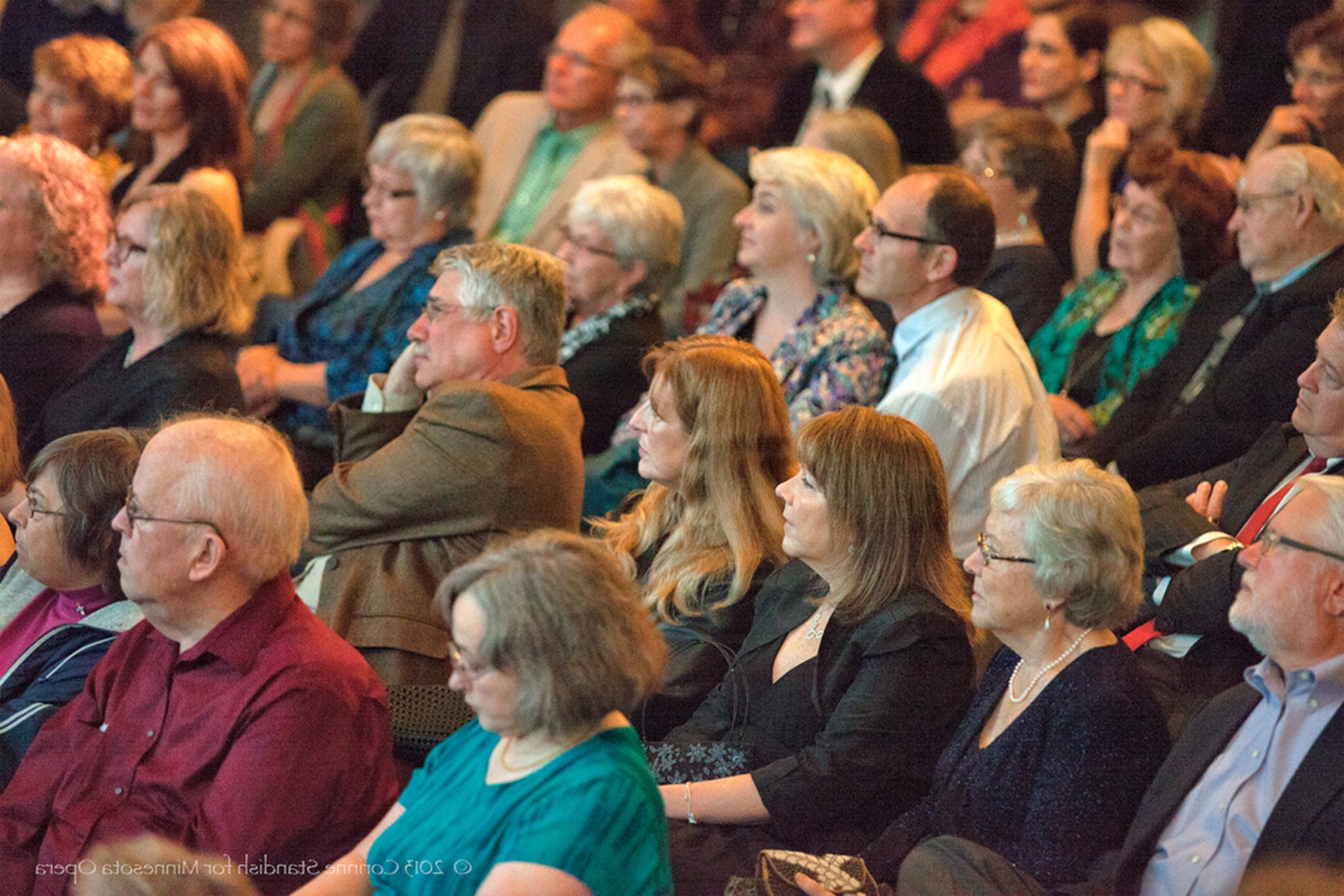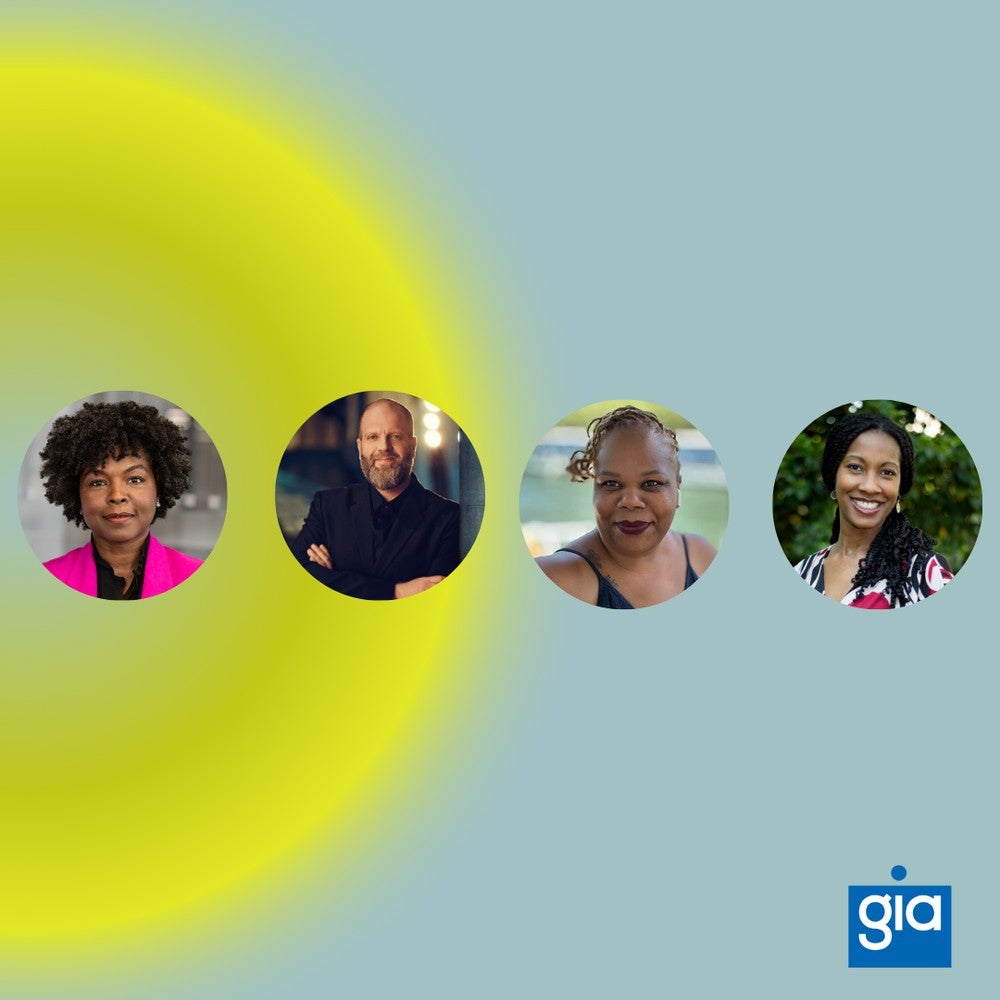Summary
State arts agencies are developing innovative ways to promote arts to the public, according to this Wallace-written article about a RAND study of the agencies.
Whipsawed by state budget emergencies and changing perceptions of what art is and how government ought to support it, state arts agencies are moving from not only financially supporting art to also promoting its benefits to the public. This Wallace-written article explores RAND Corporation research into these small agencies, which are key public funders of the arts.
Not long ago an organizer of community jazz concerts approached his state arts agency and began describing his dire financial situation. “We don’t give you money because you need it,” an agency staffer interrupted. “You don’t?” the startled man replied. “No, we give you money because you deliver something specific to the public that the state would like to have happen.”
In that brief exchange is the essence of the challenge – and opportunity – confronting the nation’s state arts agencies (SAAs), tiny agencies often overlooked among the welter of much larger line items in state budgets, but which nonetheless have considerable impact in determining the destinies of arts providers, and the different constituencies they serve.
“Many SAA managers are convinced that their agencies must undergo profound philosophical changes in orientation if they are to thrive rather than merely survive year to year,” writes Julia Lowell, an economist at the RAND Corporation and author of a report commissioned by The Wallace Foundation, State Arts Agencies 1965-2003: Whose Interests to Serve.
The report, released in May, is the first in a series of RAND publications that will draw out lessons from Wallace’s State Arts Partnerships for Cultural Participation initiative (START). It traces the history of these agencies and the fiscal and philosophical crossroads at which they find themselves today.
Created in the late 1960s as operating partners of the National Endowment for the Arts, these agencies provide more than half of all public funding for the arts and culture. In one recent year, they collectively sponsored two million artists and nearly 16,000 nonprofit arts organizations. Despite declining state appropriations, they give more than 3.2 times as much to the arts as does the NEA through direct grants.
Throughout their history, these boards have been repeatedly whipsawed by state budget emergencies, and by swings in the public’s perception of what art is and how government ought to support it, Dr. Lowell writes. The result has been serious soul-searching and vexing adjustment.
In the face of these challenges, Dr. Lowell writes, some agencies are developing innovative ways to refocus their efforts from supporting arts providers through grant-giving to the larger benefits of their work including building public participation in the arts throughout their states. Through its START initiative, Wallace is working with 13 SAAs as they redefine their missions to promote wider participation in the arts. The Foundation’s intent is that the lessons learned will be useful to others.
“Beyond the grants we have made, evaluating this work and reporting the results is a critical part of our role with these agencies,” says M. Christine DeVita, president of The Wallace Foundation.
“We have been able to introduce the thinking of outside experts and promote the sharing of ideas among the participating agencies. Beyond that, however, our goal is to share what they are learning with all SAAs.”
The history: From calm to storm
When SAAs first came into existence, they were designed in part to alleviate worries in some quarters that the federal National Endowment for the Arts, created in 1965, would become a “national cultural ministry.”
Nonetheless, many state arts agencies patterned themselves after the NEA in providing grants primarily to producers of “high” arts – symphonies, opera and ballet companies and museums, which tended to attract audiences already initiated into those traditional art forms.
In the 70s, however, the recognition of non-traditional, community-based arts organizations grew and a belief emerged that most Americans were not enjoying the benefits of government investments in the high arts. The SAAs responded, opening themselves to the new organizations.
Lowell writes that this shift in the attention and the grant-giving practices of SAAs to include a greater variety of arts and cultural providers in more diverse community settings proved costly: many SAAs lost the backing of traditional arts providers who had long been mainstays of their political support.
Recently, the problem has become acute as state budgets have tightened, threatening the well-being and, in some cases, the continued existence of SAAs. In fiscal 2003, 43 SAAs experienced reductions in state funding. In the current year, 34 have reported further reductions, and six faced serious threats of elimination.
“These cuts,” Dr. Lowell writes, “are more than just a one-time response to fiscal crisis by state officials.” Her research finds “a growing mismatch between the grant-making role and structure of many SAAs and the cultural and political realities they face. And even though many SAAs are trying to reach beyond their traditional grantee constituencies, the perception – if not the fact – that SAAs primarily serve artists and arts organizations rather than the broader public is yet to be overcome.”
Reimagining their roles
Although it is still early in the process, many SAAs have been redefining themselves — their missions and their practices — most often beginning with internal realignment of philosophy and programs to stress the public value of the arts as opposed to focusing solely on grants and arts organizations.
The Ohio Arts Council, for example, one of Wallace’s 13 START grantees, has undertaken a major restructuring of its grant programs, condensing 24 previous core areas to five built around a particular desired outcome: sustainability, innovation and access, arts learning, individual creativity, and building capacity. Previously, grant eligibility was based on organization type; now it’s based on the public benefit of the grant.
This structural change followed considerable effort within the council to change its view of itself and its role. Such rethinking in the various agencies was aided by the insights of Mark Moore, Director of the Hauser Center for Nonprofit Organizations at Harvard, on the public value of the arts.
Today the Ohio council sees its role in creating public value as being “investors of public tax dollars through fair and equitable processes,” “advisors on arts and cultural issues at the local, state, national, and international level,” and “advocates for the role of the arts in the lives of Ohio’s citizens and communities.”
In this evolution, the council also had the advantage of a major research initiative, the State of the Arts Report 2000 (SOAR). This three-year project offered one of the most comprehensive portraits of statewide and regional arts participation ever conducted by a state arts agency. It reached more than 8,000 people and organizations through phone surveys, mail questionnaires, informant interviews, and focus groups. The goal was to create a realistic picture of Ohio’s arts and culture ecosystem, and the results are being used by the council to make fact-based policy decisions.
In Minnesota, several years of budget cuts have contributed to an urgency to review its methods. “There’s a recognition that how we’ve been doing business literally and philosophically has to change,” says Penelope Snipper, vice chair of the Minnesota State Arts Board. “It’s a new era. We have to look at a new way of business for our own survival.”
With the help of a START grant, the Minnesota Board created the Statewide Audience Development Initiative, a four-year project with four goals: 1) to increase public value of the arts, 2) to increase and enrich arts participation, 3) to achieve institutional change at public arts institutions, and 4) to expand learning and sharing of best practices in arts participation.
In partnership with the state’s 11 regional arts councils, the board has conducted more than a dozen participation-building workshops, training 355 individuals from 216 organizations. Over the next two years, the board will provide project grants of $480,000 to support the participation plans that emerged from the workshops. The workshops are also the basis for a peer-to-peer and electronic support network.
The Massachusetts Cultural Council had already been examining itself under a START grant when its 2003 budget was cut by 62 percent, forcing the elimination of a quarter of its staff and eight of 13 grant programs. In addition to training its staff, the council has been expanding its services to grantees to include participation workshops, organizational assessment tools, a peer advisor network, and other professional development opportunities.
Through a new Community Partnerships program, the council has created a “research and development” arm that explores the relationship between the arts, community-building, economic development, and civic engagement.
“These agencies are thinking deeply about what they want to be and what they want to do and many are being very innovative,” says Dr. Lowell. “It’s very hard moving on to something new when you’ve got limited funds. How do you build up a new base of support before you let go of the old? They are thinking hard about how to do that.”




